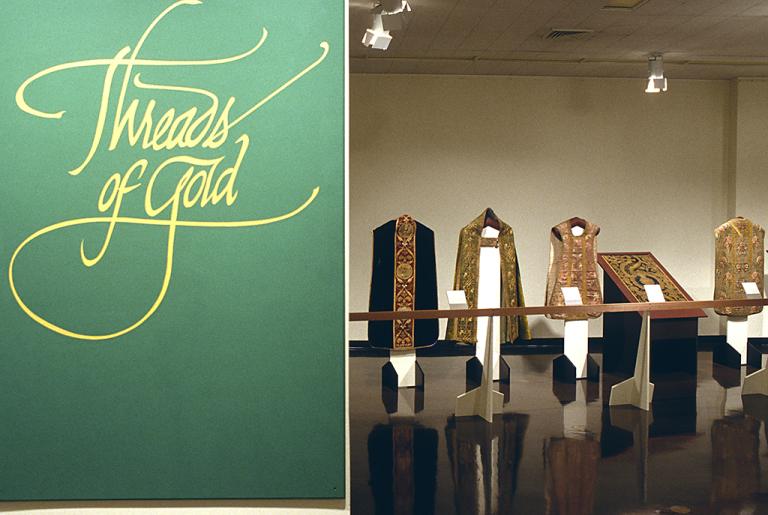liturgical chasuble, unknown maker from France
Artwork Overview

liturgical chasuble
, 1700s
Where object was made: France
Material/technique: embroidering; cloth
Credit line: William Bridges Thayer Memorial
Accession number: 0000.2097.a
Not on display
If you wish to reproduce this image, please submit an image request
